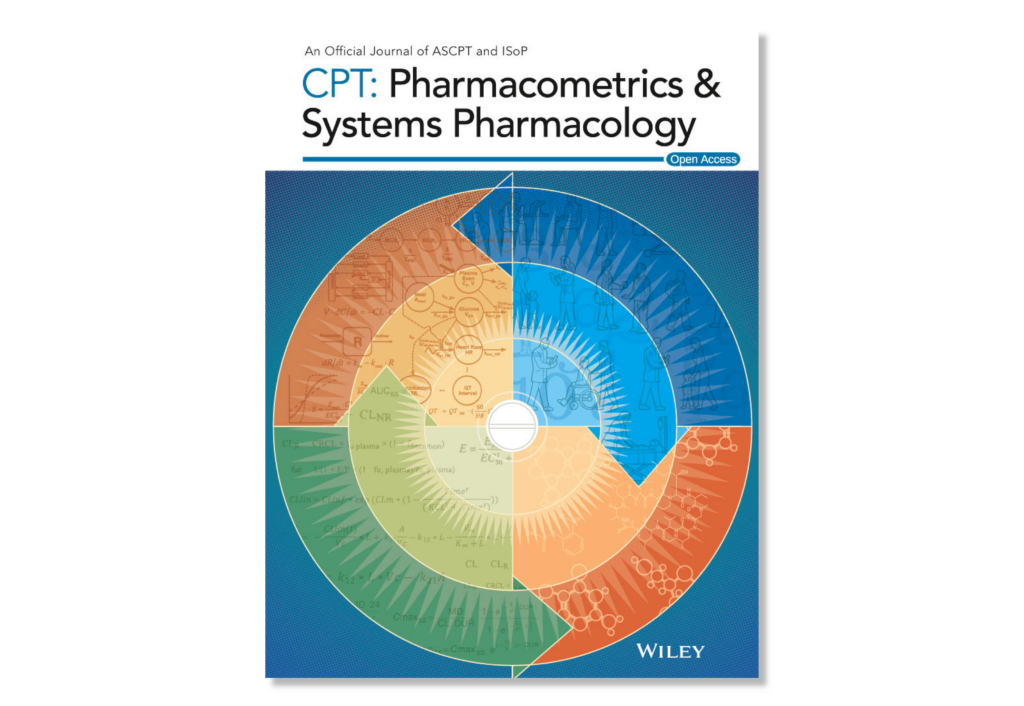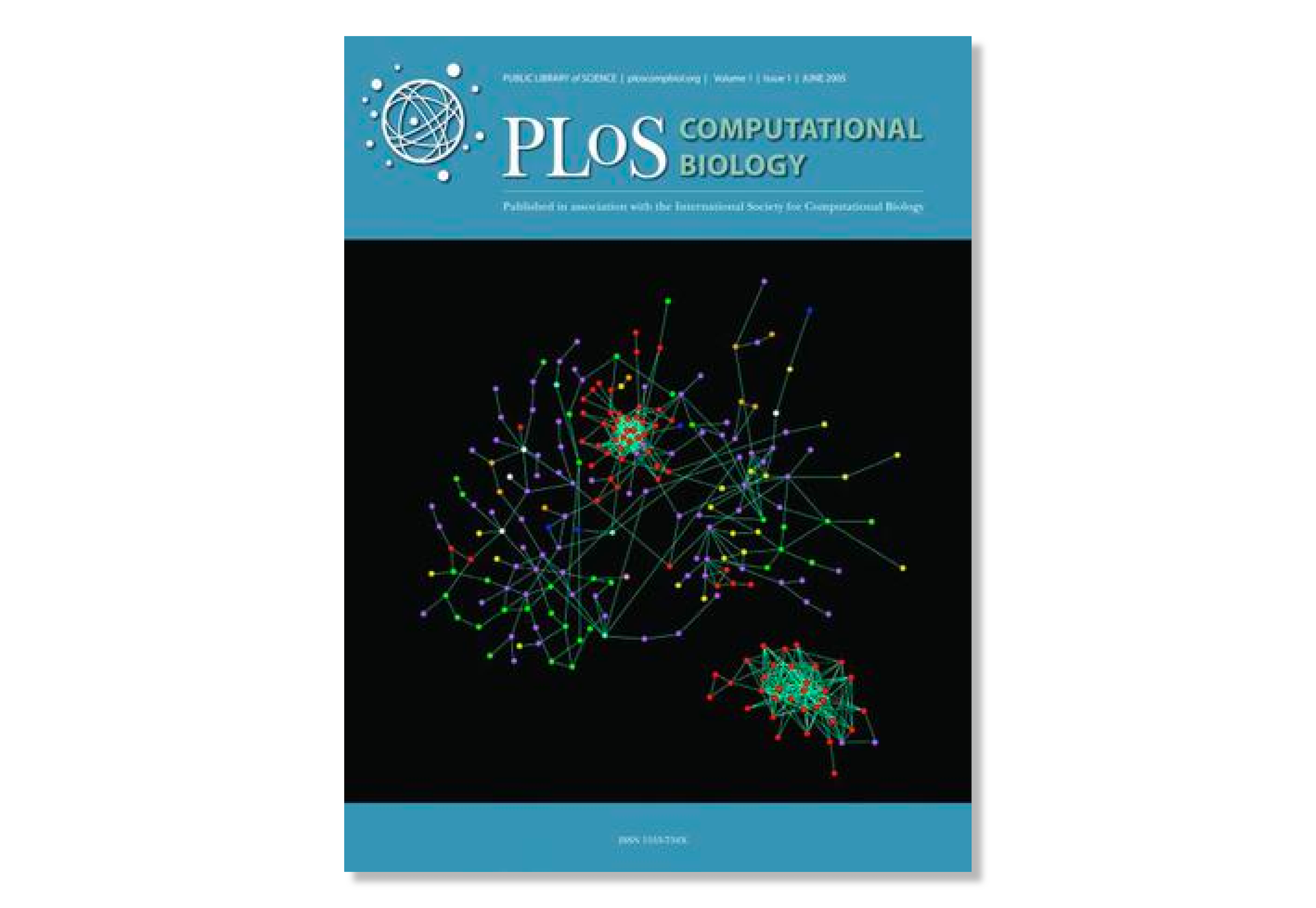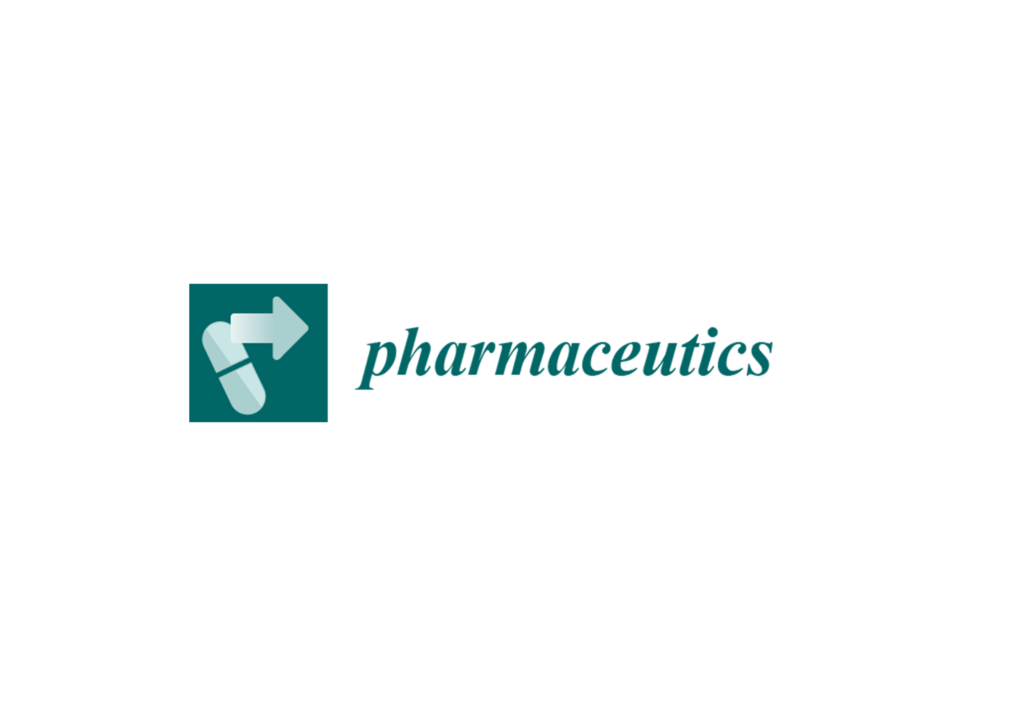

Mathematical model and tool to explore shorter multi-drug therapy options for active pulmonary tuberculosis
Abstract
Standard treatment for active tuberculosis (TB) requires drug treatment with at least four drugs over six months. Shorter-duration therapy would mean less need for strict adherence, and reduced risk of bacterial resistance. A system pharmacology model of TB infection, and drug therapy was developed and used to simulate the outcome of different drug therapy scenarios. The model incorporated human immune response, granuloma lesions, multi-drug antimicrobial chemotherapy, and bacterial resistance. A dynamic population pharmacokinetic/pharmacodynamic (PK/PD) simulation model including rifampin, isoniazid, pyrazinamide, and ethambutol was developed and parameters aligned with previous experimental data. Population therapy outcomes for simulations were found to be generally consistent with summary results from previous clinical trials, for a range of drug dose and duration scenarios. An online tool developed from this model is released as open source software. The TB simulation tool could support analysis of new therapy options, novel drug types, and combinations, incorporating factors such as patient adherence behavior.
Fors J, Strydom N, Fox WS, Keizer RJ, Savic RM. Mathematical model and tool to explore shorter multi-drug therapy options for active pulmonary tuberculosis [published online ahead of print, 2020 Aug 18]. PLoS Comput Biol. 2020;16(8):e1008107. https://doi.org/10.1371/journal.pcbi.1008107
